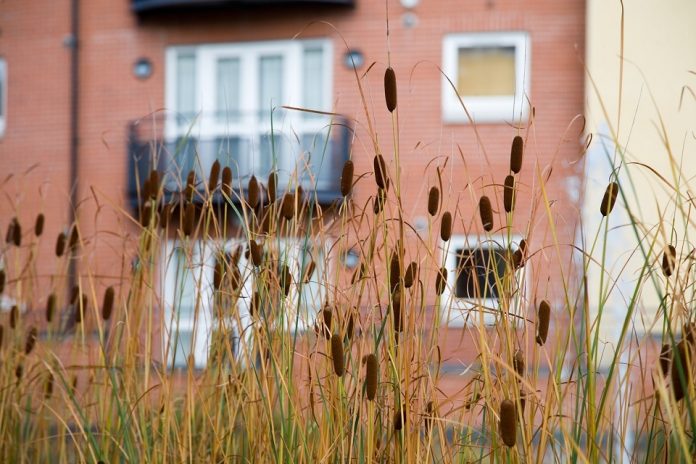Ofsted’s annual fostering statistics show there has been little change in capacity, adding to concerns about the difficulty in finding suitable care for the most vulnerable children in an over-stretched system.
While there continues to be interest in becoming a foster carer, and enquiries from prospective carers have gone up, the figures show a 10% decrease in applications since March last year.
For the first time, today’s statistics also capture the age profile of England’s foster carers, showing that the vast majority – some 65% – are aged over 50, while a quarter of carers are aged over 60.
The statistics come as new Ofsted research highlights the difficulty local authorities and fostering agencies face in making good matches for children. A lack of carers with the right skills and experience is proving to be the most significant barrier to getting a good match, especially for groups of brothers and sisters, and for disabled children and teenagers.
Yvette Stanley, Ofsted’s National Director for Regulation and Social Care, said:
Although today’s statistics show a small rise in foster carers and places, there still isn’t anywhere near enough to meet demand. The difficulty in recruiting carers with the right skills and experience, along with what is potentially an aging carer population, is a mix that could be storing up trouble for the future.
Combined with the urgent need for more residential provision, ensuring a sustainable system, with a pool of carers and homes that meet children’s increasingly complex needs, has to be a priority for the forthcoming Care Review.
Notes to editors
Due to the impact of coronavirus (COVID-19), a small number of agencies did not submit data this year. Because of this, numbers may be lower than in previous years, though we have used estimates where possible.







